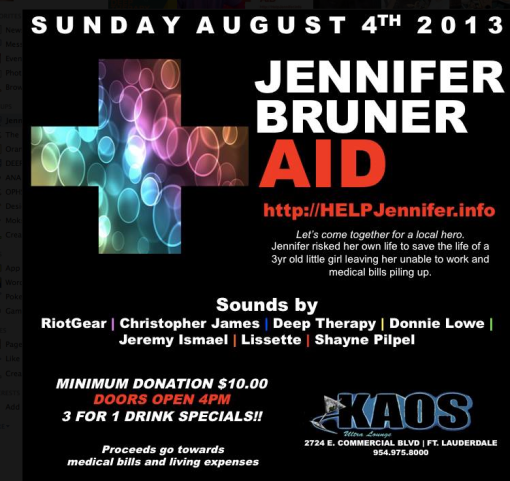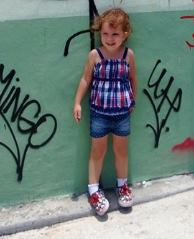Being in a creative field, I am often looking for sources of inspiration. It’s hard to get inspired when you’re working in a 6′ x 6′ square cube. My solution, taking post cards from Art Basel and covering the cubicle walls with them. This is something I’ve always done. When I was in college I made color copies from my Art Books and pasted my cubicle walls with them. What are those things that are in your proximity that inspire you? Is it your friends conversations on Facebook? Is it your favorite coffee house or the socialization that takes place there?
Yesterday I did something I haven’t done in a long time. I went to a book store with the intention of buying 2 books. One about developing my career path, and a children’s book for my son to read. I wanted a compilation of classic children’s stories in a format that he would be able to read to me at bed time. The day after my visit to the book store I hear a rumor that the bookstore chain was going to be closing.
During my search for the book I wanted to buy, I didn’t come home with the career book because I was unable to commit to one, and I also had the feeling that I would be able to get the same information online. The thing that the book store had to offer that I would not find on the internet was inspiration. I was surrounded by these artifacts that offered up information about topics that I would not have come across in any other way. I do go to the library more than most people, but the selection there is limited. When I want to get a book from there, it’s usually located at another branch and I have to put it on order, and if I get sent out of town on business before I can pick it up, I get charged a $1 fine.
The bookstore brought back a feeling of inspiration of when I studied art in college and would stay in the studio until late at night. Remember going to the video store just to read titles and perhaps run into other people who were looking for movies? Now you can watch previews in your living room.
So what is the solution to finding this new stimulation?
How does one surround them self with the inspiration they need to think differently when they are isolated except for a rectangular digital device, or a digital tube? What are the repercussions going to be on society as a whole? People need a way to connect with other people in a way that is not digital. Is there going to be a replacement for the Mall, offering some type of other interaction with other people that has a sustainable business model? It seems that I have more questions than answers at this point, but it feels like there’s an opportunity to be filled around the corner.



Recent Comments